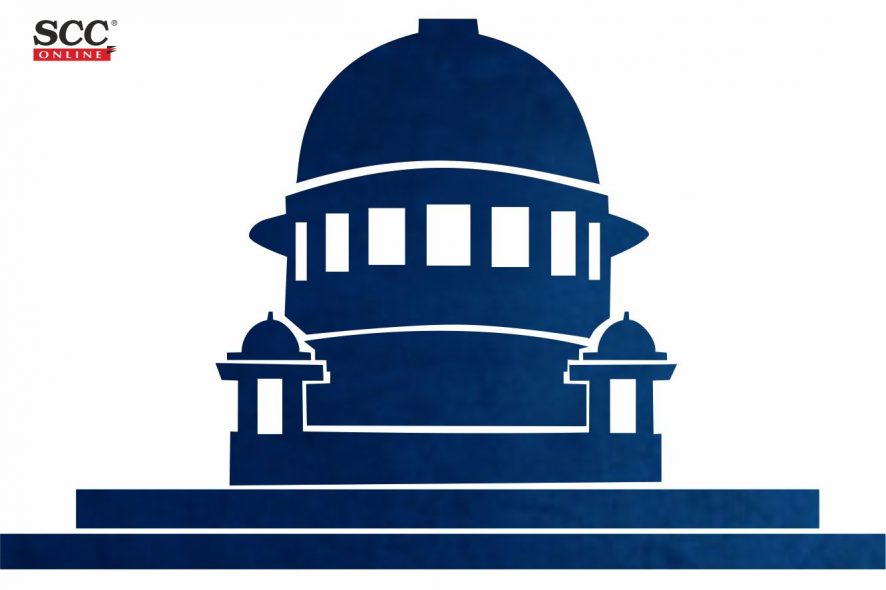Supreme Court: In a case dating back to 1999 where a married woman was found dead in her matrimonial home, the bench of Sanjay Kishan Kaul* and Hrishikesh Roy, JJ upheld the conviction of her husband even though a large number of witnesses had turned hostile and the Trial Court was also not happy with the manner of prosecution conducted the case.
“… that is not an unusual event in the long drawn out trials in our country and in the absence of any witness protection regime of substance, one has to examine whatever is the evidence which is capable of being considered, and then come to a finding whether it would suffice to convict the accused.”
Factual Background
On 24.8.1999, one Sahodara Bai was found dead by her brother (PW 1) on a cot in her matrimonial home. It was alleged that few days ago, on 19.8.1999, the deceased had returned to her maternal home stating that she had been harassed at the hands of her in-laws for the last 6-7 months. Her brothers brought her back to her matrimonial home with the hope of reconciliation. On being asked whether they wanted her to live with them, the in-laws responded that they will see for a few days and then decide. The deceased thereafter stayed back at her matrimonial home.
The post-mortem report stated that the cause of death was asphyxia due to strangulation, and the nature of death was possibly homicidal. After all other causes of death were ruled out, on 21.7.2000, the Sessions Court held all the three accused persons guilty of offences punishable under Section 302 of the IPC.
An important aspect to be taken note of is that there was some improvement in the statement of PW-1, the brother of the deceased, to the extent that he had never mentioned deceased’s father-in-law’s explanation of the death of the deceased by snake bite in the earlier statement. All other aspects were found to be consistent with his earlier statements.
Analysis and Ruling
Stating that the fact of a large number of witnesses turning hostile was not consequential in the present case as the brother who turned hostile did so to preserve the close family ties which continued to exist by marriage in the instant case, in view of the siblings of the deceased and appellant herein being married. In the Indian context, there exists a continued relationship between two families wherein the daughter-in-law comes from another house.
On the fact that the case of the prosecution rested only on the testimony of PW-1 and the medical evidence, the Court noticed that the statement of PW-1 was consistent and cogent except to the extent that in the earlier statement he had not mentioned the factum of the death being attributed to snakebite.
“However, that itself would not nullify the remaining part of his testimony. In fact, the said witness did not back out from the statement, but could not state the reason why the police did not record it in the FIR though it was mentioned.”
On the testimony of the doctor, it was noticed that the doctor opined the cause of death to be asphyxia due to strangulation and thereafter, he had stated that nature may be homicidal.
“This was so stated because asphyxia being the cause of death, the doctor himself could not have conclusively said whether it was homicidal or suicidal. It was also voluntarily opined, that there had to be a minimum of five minutes of forceful pulling to cause the death.”
Further, stating that the most important aspect is where the death was caused and the body found, the Court noticed that it was in the precincts of the house of the appellant herein where there were only family members staying. The location of the house and the surrounding buildings was such that there was no possibility of somebody from outside coming and strangulating the deceased and that too without any commotion being caused or any valuable/jewellery missing.
“We are confronted with a factual situation where the appellant herein, as a husband is alleged to have caused the death of his wife by strangulation. The fact that the family members were in the home some time before is also quite obvious. No explanation has been given as to how the wife could have received the injuries. This is a strong circumstance indicating that he is responsible for commission of the crime.”
The Court, hence, said that the appellant herein was under an obligation to give a plausible explanation regarding the cause of the death in the statement recorded under Section 313 of the Cr.P.C. and mere denial could not be the answer in such a situation.
Dismissing the appeal, the Court directed the State to examine
“… whether the appellant herein has completed 14 years of actual sentence or not and if it is so, his case should be examined within a maximum period of two months for release in accordance with norms. If not, the exercise be undertaken within the same time on completion of 14 years of actual sentence.”
[Jayantilal Verma v. State of MP (now Chhattisgarh), 2020 SCC OnLine SC 944, decided on 19.11.2020]







Great judgement .Still wondering how come court find a ghost drove a car
with drunk salman khan sitting in that car and killed many poor sleeping on the pavement
I like this blog. Informative and updated on legal articles and analysis. Thank You EBC.
It give me update